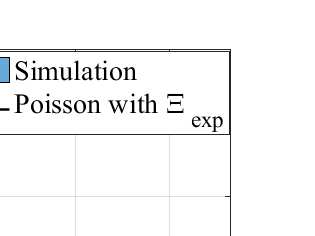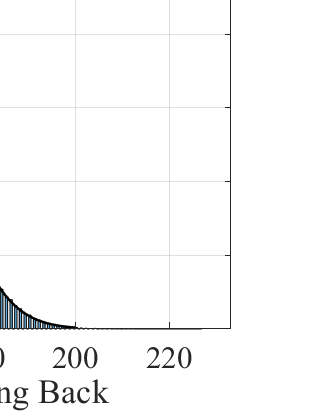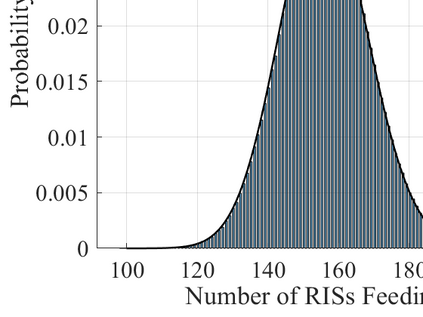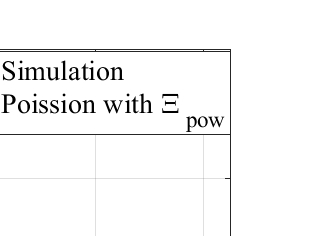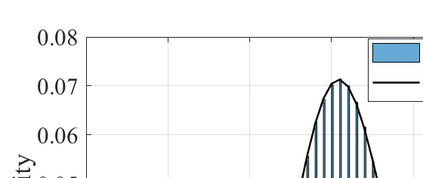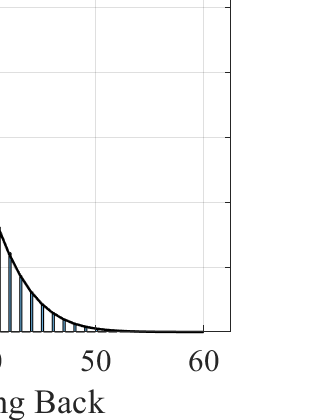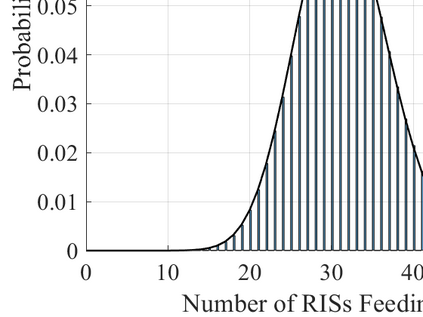The reconfigurable intelligent surface (RIS) is a promising technology that is anticipated to enable high spectrum and energy efficiencies in future wireless communication networks. This paper investigates optimum location-based RIS selection policies in RIS-aided wireless networks to maximize the end-to-end signal-to-noise ratio for product-scaling and sum-scaling path-loss models where the received power scales with the product and sum of the transmitter-to-RIS and RIS-to-receiver distances, respectively. These scaling laws cover the important cases of end-to-end path-loss models in RIS-aided wireless systems. The random locations of all available RISs are modeled as a Poisson point process. To quantify the network performance, the outage probabilities and average rates attained by the proposed RIS selection policies are evaluated by deriving the distance distribution of the chosen RIS node as per the selection policies for both product-scaling and sum-scaling path-loss models. We also propose a limited-feedback RIS selection framework to achieve distributed network operation. The outage probabilities and average rates obtained by the limited-feedback RIS selection policies are derived for both path-loss models as well. The numerical results show notable performance gains obtained by the proposed RIS selection policies.
翻译:重新配置的智能表面(RIS)是一个大有希望的技术,预计可以在未来无线通信网络中实现高频谱和能源效率。本文调查了以RIS辅助的无线网络中基于地点的RIS选择政策的最佳选择政策,以最大限度地实现产品缩放和总缩放路径损失的终端至终端信号比和总缩放率模型,这些模型的接收功率比分别与发报机到RIS和RIS至接收器距离的相和之和。这些缩放法覆盖了RIS辅助的无线系统中端至终端路径损失模型的重要案例。所有现有RIS的随机位置都以 Poisson点进程为模型。为了量化网络性能,拟议的IRS选择政策所实现的超值概率和平均速率,通过计算所选择的TRIS节点和总缩放路径损失模型的远程分布。我们还提出了一个有限的反向反向率选择框架,以实现分布式网络操作。通过预测性能选择的预测率和平均增益政策,通过预测性平比率和拟议的结果,通过预测性选择结果政策,展示了明确的成绩。





